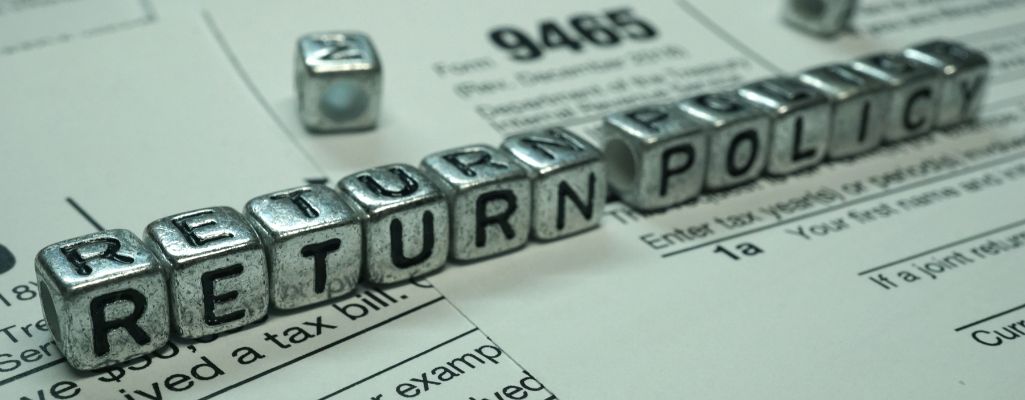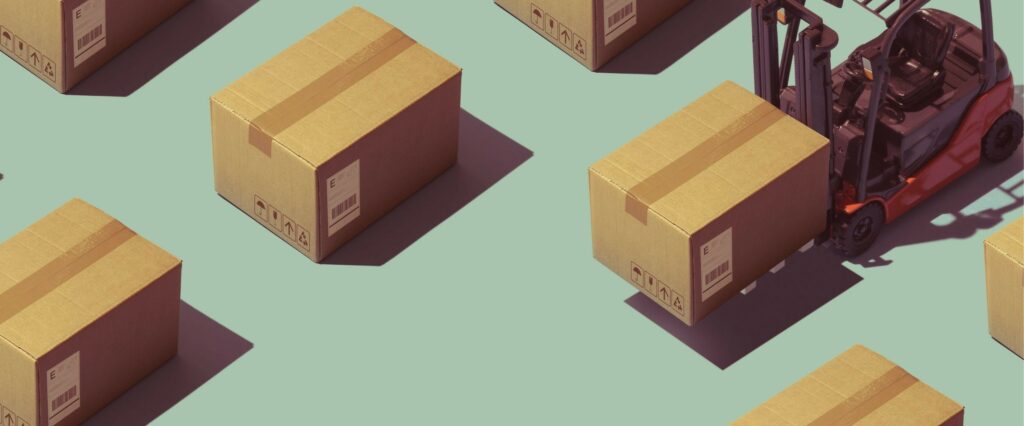Cuando la logística de devoluciones forma parte del proceso de compra, la satisfacción del cliente aumenta y esto influye positivamente en los resultados económicos de la empresa. En algunos sectores, como la moda, las devoluciones rondan entre el 30 y el 40%, lo que supone alrededor del 4% de los gastos de la empresa y el 15% de las emisiones de CO2, solo en nuestro país.
Datos que hacen necesaria una gestión eficaz de las devoluciones, teniendo en cuenta:
- La logística de devoluciones
- La experiencia del cliente
La devolución de pedidos puede ser un quebradero de cabeza para pequeñas y medianas empresas, pero una estrategia bien definida de la logística de devoluciones, los resultados de negocio van a mejorar.
Hoy te hablamos de las 3 claves que van a suponer el éxito de logística de devoluciones de tu negocio, de manera que lo puedas adaptar y ponerlo en práctica para mejorar tus datos económicos y la experiencia de compra del cliente.
Velocidad
La rapidez es uno de los puntos que más valoran los clientes a la hora de realizar una compra online o recibir un pedido a domicilio. Rapidez en:
- La recogida del producto a devolver
- La devolución de productos reparados
- A la hora de recibir el reembolso de su compra
En lo que a la recogida del producto se refiere, es importante que la empresa tenga establecido el plazo máximo por el que van a pasar a su casa y que el horario sea amplio por parte de la empresa.

También se puede estudiar la posibilidad de que sea el propio cliente el que lo devuelva por su cuenta o dejándolo en un punto de recogida.
Por último, el cliente que envía a reparar un producto, también busca que se lo puedan devolver en el menor plazo posible, sobre todo si lo utiliza a diario.
En cualquiera de los dos casos, lo que el cliente busca es tener, de la manera más rápida posible, el reembolso de su pedido.
Trabajar de manera eficaz esta parte de la gestión de la logística inversa hará que el cliente siga queriendo comprar en nuestro establecimiento físico u online. Por eso, la comunicación con el cliente es también esencial.
Proceso rápido y eficaz
Diseñar un flujo de trabajo de gestión de devoluciones ayudará a que estas se hagan, no solo de la manera más rápida posible, sino también de la forma más eficaz.
Por ello:
- Todos los agentes involucrados en la logística de devoluciones tienen que estar bien informados de cuál es su cometido y en qué punto de esa cadena de devolución se encuentran.
- La misma tiene que estar automatizada al máximo. Contar con herramientas de logística de devoluciones que nos ayuden a gestionar los datos extraídos de esas devoluciones y lo hagan en tiempo real, nos ayudará a optimizar espacio en el almacén, tomar las mejores decisiones ante imprevistos y saber cómo reaccionar ante las diferentes circunstancias de devoluciones de los clientes.
- Una gestión eficaz del almacén, donde todos los productos estén registrados (tanto los que salen, como los que entran y se devuelven) y siempre tiene que haber un espacio para las devoluciones. Esto nos permitirá almacenarlos productos devueltos en buen estado y ponerlos a la venta en la tienda, lo antes posible.
- Control eficaz del stock, y en este punto también entran en cuenta el porcentaje de posibles devoluciones o la solicitud de productos similares, pero con otras características, como sucede con la ropa, donde muchos clientes devuelven el producto para recibir otros de una talla diferente o de otro color. Darles la respuesta de la manera más rápida posible a estos clientes será un punto más a favor para poder fidelizarles.
Comunicación con el cliente
Más del 60% de los clientes lee la política de devoluciones antes de decidirse a hacer su pedido. Por tanto, que la misma esté bien redactada y sea fácil de entender, marcará la diferencia a la hora de efectuar la compra.
Además, la misma tiene que estar visible y ser transparente, de manera que el cliente no se sienta defraudado si luego no se cumple con lo acordado.
De la logística de devolución de una empresa, el cliente también espera estar informado sobre el estado de su pedido, es decir, si la empresa ha recibido la devolución o si le van a mandar pronto el producto que ha mandado reparar.
Esto en cuanto al cliente, pero en lo que a tu negocio respecta, es importante que te intereses por conocer el motivo de la devolución de los productos.

Realizar una sencilla encuesta con las respuestas más frecuentes y dejar un espacio para otras opciones, te ayudará a obtener estos datos y a que el cliente se sienta escuchado.
La visualización de datos nos va a ayudar a mejorar aquellos puntos en los que estamos fallando. Uno de los más habituales suele ser la falta de descripción de los productos, o que la misma esté incompleta. A su vez, esto reducirá el número de devoluciones futuras.
Por tanto, trabajar en la descripción de las fichas de producto, haciendo que estas respondan a todas las dudas de los clientes, reducirá la devolución de pedidos.
Conclusión
De una gestión eficaz de las devoluciones depende que nuestros clientes sigan comprando en nuestro negocio, el estatus de la marca, además de reducir sobrecostes productos por las mismas y mejorar los datos económicos del negocio.



